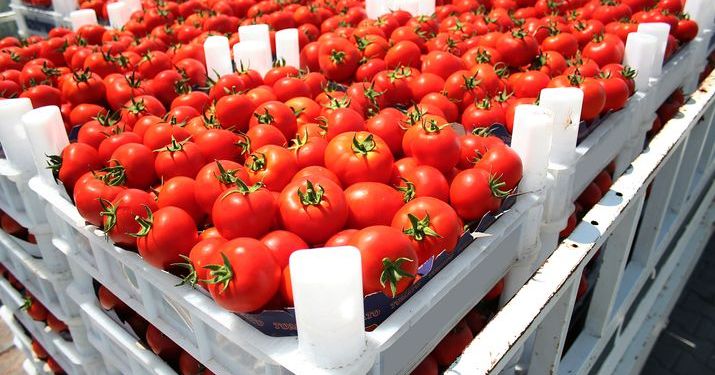How Amazon’s Whole Foods Acquisition Has Changed the Specialty Grocer’s Supply Chain
Last Updated July 26, 2023

If one company best represents the advantages of applying continuous improvement and innovation in supply chains, that company is Amazon.
The nation’s top retailer has a worldwide operation that deals with challenging logistics every day. But they consistently meet those challenges, and as a result, Amazon has remained immensely popular with online shoppers.
Amazon’s approach to supply chains is even more apparent with its acquisition of the Whole Foods grocery store chain, which it purchased in June 2017 for $13 billion. The move put Amazon in the grocery business, one of the few areas the retail giant had not yet cracked.
Now they have – and in a big way.
Record Profits, Challenges
The Whole Foods acquisition, while a sound strategy to get into the grocery market, also presents many challenges for Amazon.
Whole foods built its reputation on offering consumers a variety of local and niche brands that were difficult to find anywhere else. Price was never an issue; consumers knew Whole Foods was more expensive than other stores but were willing to pay extra for access to the specialized choices they wanted.
But changes since the purchase have irked some. The Washington Post reports Whole Foods has already announced that some smaller vendors will have more difficulty getting shelf space in the store. Also, changes in how the company orders goods have caused some stores to run out of certain items.
Certainly, the acquisition has had a positive impact on Amazon. The retailer reported selling $2 billion in groceries in 2017, 59% higher than in 2016.
Changes For Customers
Amazon has quickly instituted changes in logistics that have impacted end users in different ways.
OTS: A project Whole Foods began implementing even before the Amazon purchase, software called “off the shelf” (OTS) allows for the quicker transition of items. Some are moved right from the truck to the store shelves, skipping the need to keep them in storage. From a supply chain perspective, it is a “just in time” delivery system that is designed to cut costs, reduce inventory and clear out warehouse space. However, the problem of stores running out of items has been traced to OTS.
Amazon also has contracted with retail strategy firm Daymon to streamline how Whole Foods deals with individual suppliers who want to do in-store demonstrations. Daymon also handles in-store displays and oversees inventory.
Reduced prices: Amazon has reduced the price of some grocery store staples, such as brown eggs and almond butter.
Home delivery: In February, Whole Foods customers who are also Amazon Prime members started getting the opportunity to have their food orders delivered by Prime Now, Amazon’s delivery service. The service is currently only available in Austin, Cincinnati, Dallas, and Virginia Beach. Two-hour delivery is free on orders of $35 or more. One-hour delivery costs $7.99.
Order Pickup: In some locations, you can now pick up your Amazon orders while also shopping at Whole Foods. Amazon places lockers in and around the grocery store, allowing people a safe location to pick up items they’ve ordered online while they shop.
Supply Chain Innovations
Amazon uses a variety of supply chain innovations developed over years of steadily growing global success. While it has not acknowledged all of those it’s applying to Whole Foods, it is likely that most of the following are or will soon be part of the supply chain for the grocery store.
Relay: In November 2017, Amazon unveiled Relay. It’s a trucking app that haulers can use to check in with Amazon before picking up or dropping off a delivery, allowing for faster process times. It also allows Amazon to track where shipments are at any given moment. Relay is only used now to deliver to and from Amazon warehouses, but the plan is to incorporate it into everything the company does.
Dash: This is a technology still in development. The idea is for consumers to have a Dash Button in their homes. It’s a wireless device about the size of a pack of gum. It would monitor when certain items are running low or are about to run out, and then create a list that is automatically transferred to the grocery store. Then, customers simply go to the store and pick everything up.
Carrier service: Amazon may revolutionize its supply chain by relying less on FedEx or UPS. The company is already building an air cargo hub at the Cincinnati/Northern Kentucky Airport, and has a fleet of delivery trucks it plans to make it larger. The goal is to become the delivery service not only for products bought on Amazon but from other retailers as well.
How will all of this affect Whole Foods in the long run? That’s still playing out, but customers can expect to see more signs of the supply chain innovation and technology Amazon puts to use in the coming months and years.

